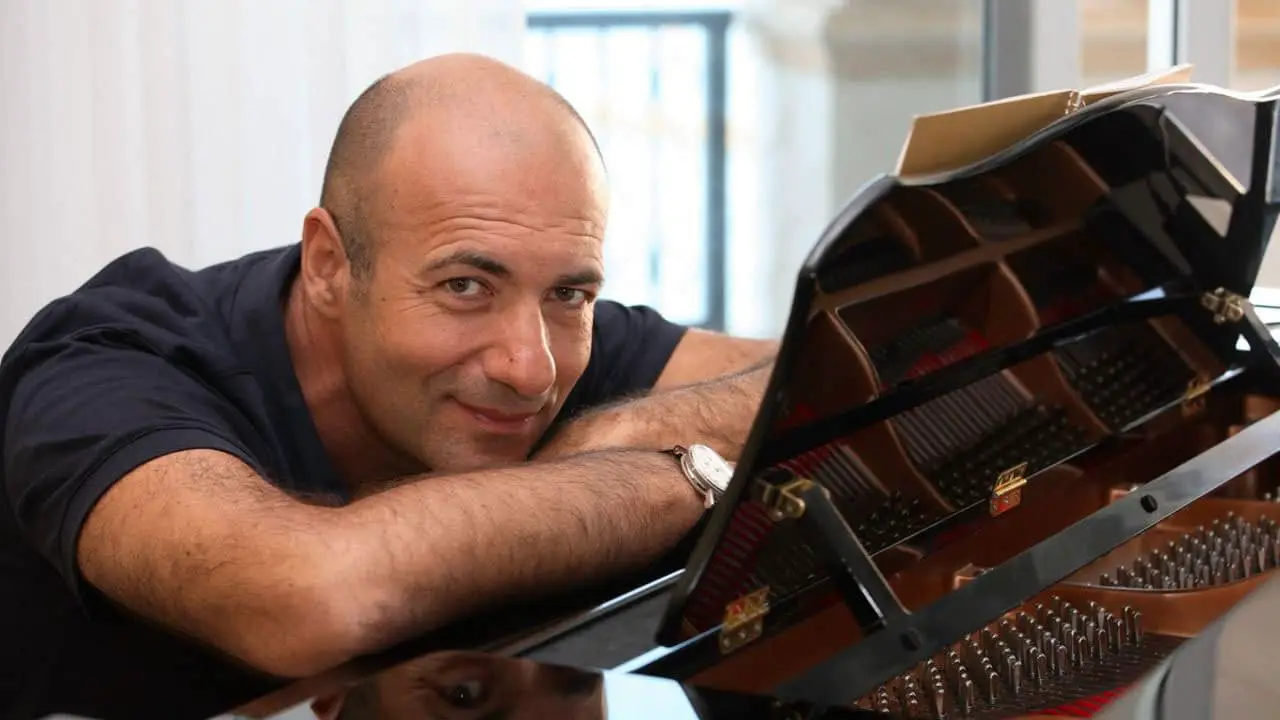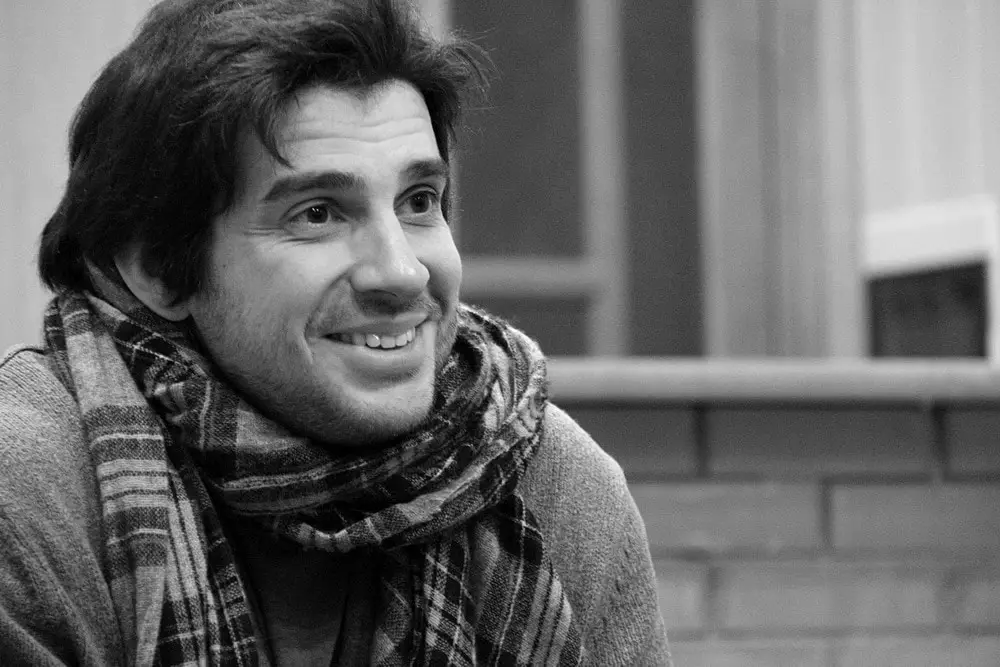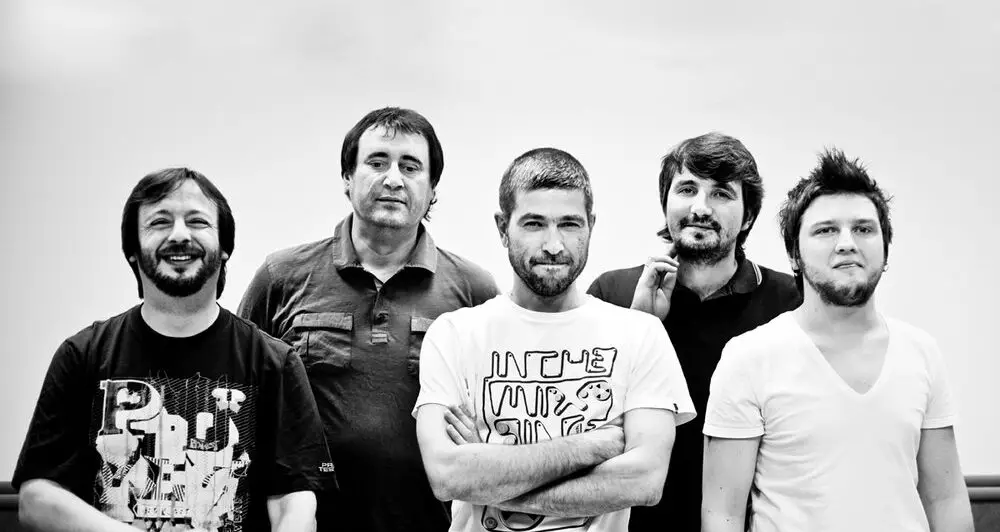Russian composers contributed greatly to the genre of programmatic symphonic works. Although many were initially attracted to it by Spanish inspirations, one reason for the genre’s eventual massive popularity was that it gave the composers a popular musical form to incorporate not only native Russian tunes and harmonic structures, but also to focus on other Slavic cultures and, in some cases, the cultures of the vast array of minority groups within the Russian Empire. Thus, it helped them to produce music that spoke to their homeland and was original, unique from the music created in Western Europe.
This resource was originally created by Jessica Berry in 2015.
It has since been updated several times to retain the integrity of the links, pictures, and videos.
What are Programmatic Symphonic Works?
Programmatic symphonic works are symphonic compositions where composers adapt material from poems, books, plays, artworks, nature scenes, or emotional states into music within these works. These musical works are symphonic in form, but also considered narrative in structure. These pieces transcend pure sound to paint vivid pictures, evoke emotions, or even tell a complete story.
Traditional rules of music theory and composition were not the only necessary tools to determine the form of these pieces. Within the musical score, the composer may or may not include a program to explain the scenes or story that the music is supposed to depict. These symphonic pieces could contain multiple movements, similar to a traditional symphony.
A well-known example of a programmatic symphonic work with multiple movements is Pyotr Ilyich Tchaikovsky’s Symphony No. 6 in B minor, Op. 74, also known as the “Pathétique.”
This four-movement symphony is filled with emotional depth and is considered one of Tchaikovsky’s most autobiographical works. While the composer himself never provided a specific program, the music is full of drama, tension, and ultimately tragedy, leaving listeners to interpret its meaning. The symphony’s movements are:
- I. Allegro non troppo
- II. Andante con moto
- III. Scherzo
- IV. Finale: Allegro ma non troppo
You can find the entire moving piece here:
A great example of a single-movement programmatic symphonic work by a Russian composer is Night on Bald Mountain by Modest Mussorgsky.
This piece, composed in 1867, depicts a witches’ sabbath atop Bald Mountain on the eve of Saint John’s Day (summer solstice) based on Slavic folklore. Mussorgsky uses vivid orchestration and musical themes to portray the dark atmosphere, evil spirits, and the summoning of the pagan god Chernobog.
But the narrative doesn’t always lie on the surface. Even symphonies not explicitly programmatic can evoke powerful emotions or hint at hidden stories. By understanding these deeper layers, we gain a richer appreciation for the enduring power of Russian symphonic music.
This trend in musical composition began in the Romantic Period when composers were interested in expanding the symphonic genre.
Glinka
After his two operas, A Life for the Tsar (1836) and Ruslan i Lyudmila (1842), Mikhail Glinka (1804-1857) composed several programmatic symphonic pieces. While abroad in Spain from 1845-1847, he was deeply impressed by the folk music and dance rhythms of the Spaniards. He heard the jota aragonesa from a local guitarist named Felix Castilla and used this tune in his Spanish Overture No. 1: “Capriccio Brilliante on the Jota Aragonesa” (1845).
Glinka also composed a symphonic poem on Russian themes with his Symphony on Two Russian Themes (1834), but his Karaminskaya (1848) would become his most well-known symphonic poem based on Russian folk music. This piece features two tunes that were commonly used during Russian folk weddings, a slow lyrical song and an up-tempo dance (Karaminskaya).
Balakirev
Mily Balakirev (1837-1910) and his musical circle that included the Russian composers Alexander Borodin, Modest Musorgsky, and Nikolai Rimsky-Korsakov, were determined to develop a school of music that was based on the traditional music of the Russian people. They had a strong belief that the native music of the people, both folk and religious, could produce intellectual, artistic music, while also embracing the doctrine of realism in art.
Balakirev was strongly influenced by the music of Glinka and one of his earliest symphonic poems, Overture on a Spanish March Theme (1857), recalls Glinka’s Spanish Overtures. In the summer of 1860, Balakirev went in search of Russian folk songs along the Volga. He used some of the tunes he heard in his Second Overture on Russian Themes (1864). In the original version, the symphonic poem was meant to represent three stages in Russian history; the ancient, the medieval, and the modern. When he revised the music in 1884, Balakirev renamed the piece Rus and stated that his music portrays the destruction of native Russian life under Peter the Great’s reforms. (This was a common belief among the Slavophiles.)
In 1867, Czech, Serbian, and Croatian delegates attended a Slavic ethnographic congress in Moscow. Balakirev organized a concert of Slavic music and included his Overture on Czech Themes: “In Bohemia” (1867) and Rimsky-Korsakov’s Fantasia on Serbian Themes (1867).
Musorgsky
Modest Musorgsky (1839-1881) symphonic poem St. John’s Night on Bald Mountain (1867) was inspired by the book Witchcraft and Mysterious Phenomena in Modern Times by Matvei Khotinsky. More about this piece can be read in another article on this site, here.
Borodin
Alexander Borodin (1833-1887) and the rest of Balakirev’s circle greatly admired the Hungarian composer Franz Liszt. For them, Liszt’s music represented the progressive freedom in art. Borodin’s In the Steppes of Central Asia (1880) was dedicated to Liszt. The original purpose of Borodin’s symphonic poem was intended to be part of a series of tableaux vivants in celebration of the silver anniversary of the reign of Tsar Alexander II.
Rimsky-Korsakov
Nikolai Rimsky-Korsakov (1844-1908) most popular programmatic symphonic pieces, Capriccio Espagnol (1887), Scheherazade (1888) and Russian Easter Festival Overture (1888), have become concert standards among orchestras around the world. One of his earliest symphonic poems, Overture on Three Russian Themes (1866), was influenced Balakirev’s Second Overture on Russian Themes. This piece features the tune that would become the “Slava” chorus from the Coronation scene in Musorgsky’s opera Boris Godunov (1869).
Tchaikovsky
Pyotr Tchaikovsky (1840-1893) is well known for his symphonic poems.
He turned some of Shakespeare’s plays into musical pieces: The Tempest (1873), Hamlet (1889), and his very well-known Romeo and Juliet (1870). Other examples of literature he worked with included Francesca da Rimini (1876), based on the fifth canto of Dante’s Divine Comedy and Manfred Symphony (1885), a multi-movement symphonic piece based on the poem “Manfred” by Lord Byron.
Tchaikovsky is probably best known, however, for his soaring and patriotic piece written to commemorate Russia victorious experience in the war of 1812. This he captured in Overture sollennelle “1812” (1882).
Although this is a short list of Russian composers who contributed to programmatic symphonic music, their works would continue to influence later Russian composers. This instrumental genre helped to create an orchestral style that could incorporate their native Russian music, while also allowing them to create music that could represent other works of art. These Russian programmatic symphonic pieces would also influence composers from other nations who continue to push the limits of symphonic music.
This resource was originally created by Jessica Berry in 2015.
It has since been updated several times to retain the integrity of the links, pictures, and videos.
You Might Also Like
(includes the current article)

Nikolai Baskov / Николай Басков
Nikolai Baskov is a prominent Russian tenor known for his opera and pop music stylings. According to his website, Baskov is also the only cross-over artist in Russia, shifting from opera music to pop. He first gained renown in the late 1990s through singing competitions in Russia and abroad. He joined the Bolshoi Theater musical […]

Igor Krutoy: Performer, Producer
Igor Krutoy (Игорь Яковлевич Крутой) is a Ukrainian-born Russian composer, music producer, and promoter. He has been named a People’s Artist of Russia (Народный артист России) in 1996 and a People’s Artist of Ukraine (Народный артист Украина) in 2011. He publishes bands under his eponymously titled label. Born in 1954 in the city of Gaivoron […]

Pyotr Nalich / Пётр Налич
Pyotr Nalich (Пётр Андреевич Налич) is a Russian singer-songwriter who sings in Russian, English, Italian, French and Babury (Бабури), an invented language. Nalich’s songs are often funny, at times comparable to children’s songs. All of Nalitch’s songs are available for free or “pay what you want” download on his website and, as he declared in an […]

Sogdiana
Sogdiana (real name Oksana Nechitaylo, Оксана Нечитайло) is a Russian-Uzbek pop singer. She sings in Uzbek, Russian, and Chechen, though most often in Uzbek. Sogdiana’s family is Chechen, but she grew up in Uzbekistan—she was born in 1984 in Tashkent. She studied the piano in school and studied at a conservatory at the same time, […]

Splean / Сплин
Splean (Сплин; the misspelling of “spleen” in English is intentional) is a well-established post-Soviet Russian rock band. The name was inspired by a poem by Sasha Chyorniy (Саша Чёрный), a Silver Age poet, which referenced the depression-like ailment of spleen. The band was founded in 1994 by Aleksandr Vasilyev (Александр Васильев). Before this, Vasilyev had […]



